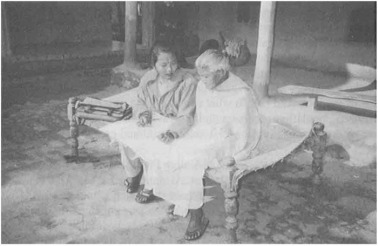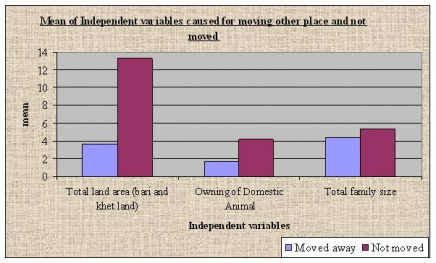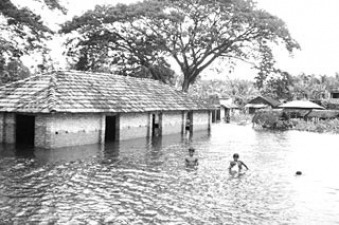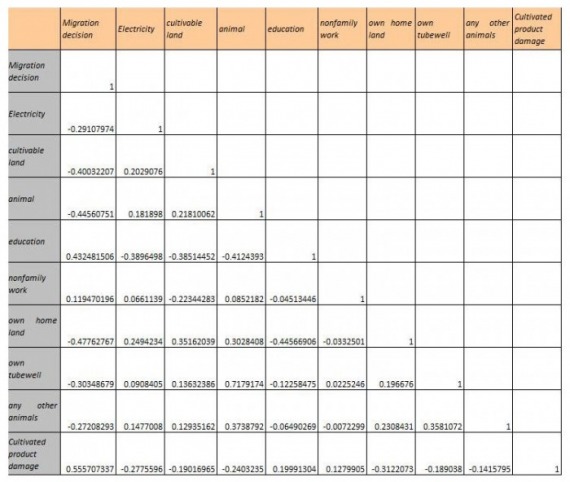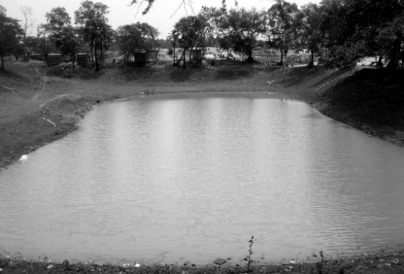BACKGROUND & RATIONAL:
There are many propositions on rural-urban migration as an inevitable component of the development process in Asian countries, and there are many reasons associated with the decision of migration. For this analysis, I develop this research topic using the secondary data level, which is from one small remote village in Nepal. The primary survey has done by Population and Ecology Research Laboratory, Rampur, Chitwan, Nepal (PERL) is a social science research and training venture for Nepalese and U.S. students and scholars studying social and environmental science the Survey of western Chitwan Valley of Nepal.
The internal movement of people due to work activities etc. is not new in these parts of the world if they do not have sufficient assets of cultivable lands or domestic animal for cultivation in their household level. Scarcities of assets are direct linked with the migration decision. When people find more job creation in other part, the flow of movement will be spectrum. The overall effect is that while more people are moving permanently out of rural areas to urban areas, a growing number of people are also migrating temporarily or circulating between villages and other destinations.
RESEARCH OBJECTIVES:
My proposed research aim is to find out whether individuals are migrated only from deprived family with relatively less acquired agricultural land, higher education level, involving non-family work, cultivable product damage due to drought and lack of irrigation facility, absence of sufficient owned domestic animal in the household level. The main objective is to find out whether the individuals are migrating from comparatively more deprived family rather than non-poor families. Here in my research, I consider the independent variables such as acquired agricultural land, owning domestic animal and many others to build my hypothesis. This is obvious that the main factors determined in my research are closely associated in my coherent analysis. I review the indicators of migration decision in order to draw policy attention to their significance and the magnitude of movements that they are causing.
EXPECTED RESULTS:
I develop the research topic based on both theoretical and empirical hypothesis analyzing of the cause and effect relation. I analyze and find out the rational of the migration decision. I develop some hypothesis and test whether these hypotheses closely correlated with migration decision. At the very beginning of my research paper, it needs to develop some research questions such as dose migration decision is associated with deprived family levels; dose this correlated closely linked with those households who have no cultivable land, or owned cultivable land and scarcity of assets, etc.
I put special emphasis on the causes and consequences of migration decision, with the scarcity of household asset and their relationship among the variables and I use the factor independent variables in my analysis. Given that, migration and relation with the scarcity of asset in the household level in linked each other and this is an integral part of the family decision, it is very important that the causes and consequences are understood, effective policies could be develop against urbanization and rural economic development.
.
I put special emphasis on the causes and consequences of migration decision, with the scarcity of household asset and their relationship among the variables and I use the factor independent variables in my analysis. Given that, migration and relation with the scarcity of asset in the household level in linked each other and this is an integral part of the family decision, it is very important that the causes and consequences are understood, effective policies could be develop against urbanization and rural economic development.
.
Disclaimer: This is a class exercise based on modified or randomly generated data set.
